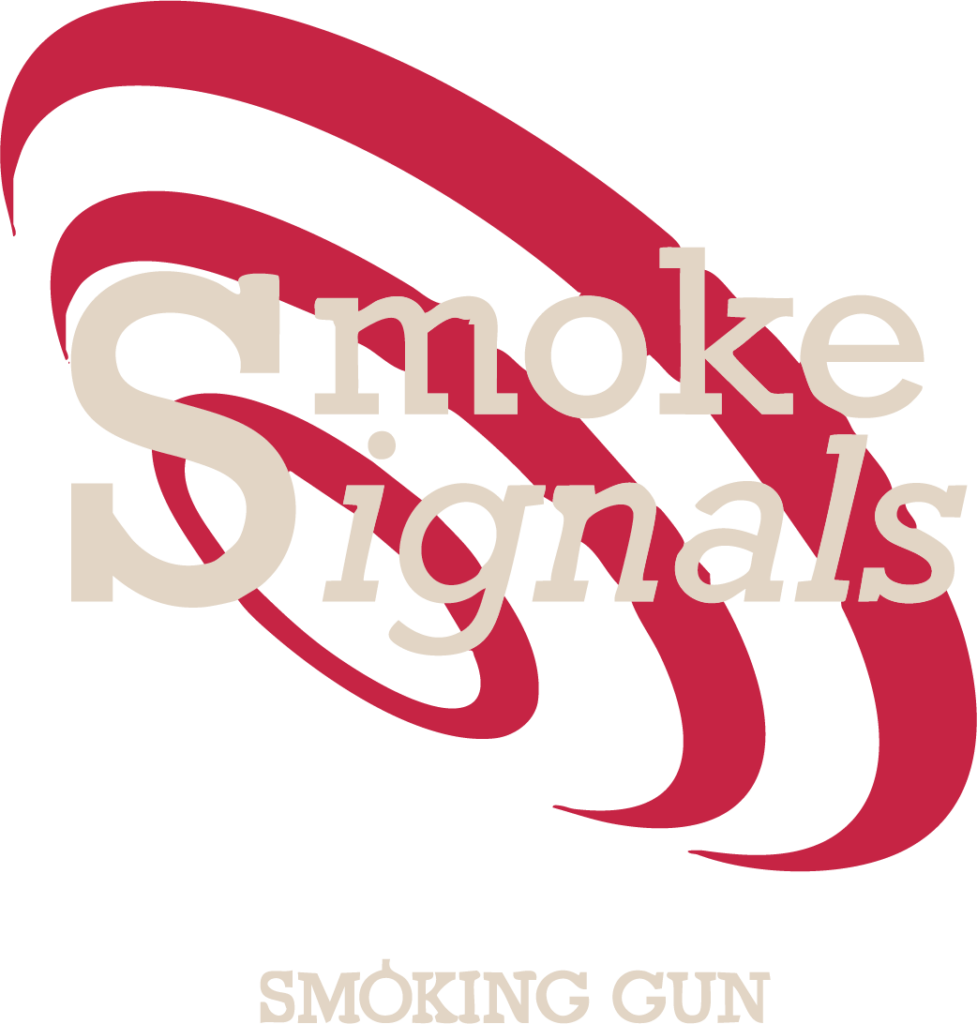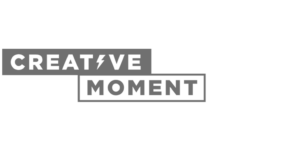
In comparison to 303s and 808s- musical kit that helped give birth to techno and acid house- 404s don’t usually connote anything cool. Instead, as Tuesday’s Metro newspaper pointed out, hearing those numbers will more than likely wind people up.
Every website has a 404 page, which will be encountered by anyone trying to access a dead link or typing an incorrect URL into their web browser. Most of them read something along the lines of ‘Page error: unknown request’. However, recent years have seen a proliferation in 404s with attitude, or at least a little wit, as companies fill the page with animation and on-brand concepts.
The article then went on to give some amusing examples of creativity at work in this context, ranging from Lego men pulling a plug and mythical creatures to a sketch pad for accidental visitors to entertain themselves with. On a more serious note, the charity campaign NotFound.org specialises in organising pictures of missing children to be used on pages that tell web browsers whatever they were looking for isn’t there.
The idea is that, rather than an area of the Internet designed only for tech-literate readers, the humble 404 is space that can also be put to good use. In terms of an outlet for a company’s culture the opportunities are clear. Conveying a corporate personality isn’t easy, not least when you need to keep a business head on and actually get something sold. This part of a website doesn’t really have a purpose, though, traditionally speaking, other than informing people they have gone wrong somehow, and so it’s the perfect place to get truly creative.
It’s all very interesting stuff. Or at least that’s what everyone at this Manchester PR firm thinks. We’re not alone, either, with Buzzfeed running a list of the 28 Best Error Pages on the Internet recently. It’s also indicative of the public relations and marketing mantra we live and breathe every day. Any form of communication sent out by an organisation must be consistent with all other messages, the result being a strong brand identity people genuinely recognise and understand. Whether that’s a once unappealing webpage, a sustainability policy, or major advertising campaign. By ignoring this requirement double standards can easily catch a firm out, and there will be ongoing confusion as to exactly what the company stands for, neither of which are very good for businesses trading in any industry.
we are
smoking gun
Sign up for our
ingenious newsletters
Fill in the form to receive our ingenious newsletters packed full of industry insights, practical tips and just a little of our own news.

Smoking Gun's experts share key stories shaping PR, social media, marketing and media.
Subscribe on LinkedInOur Awards
Why stop at global stardom and incredible sales? When our clients work with us, they get the silverware to boot. We’re not into tooting our own horns, but the awards we’ve won with our clients are too good to miss…

amec Awards Winner

Excellence Awards Winner

PR moment.com awards winner

PR Week Top 150

Pride Awards Gold Winner

UK Social Media Communications Awards

Prolific North

Creative Moment

NDA 2023